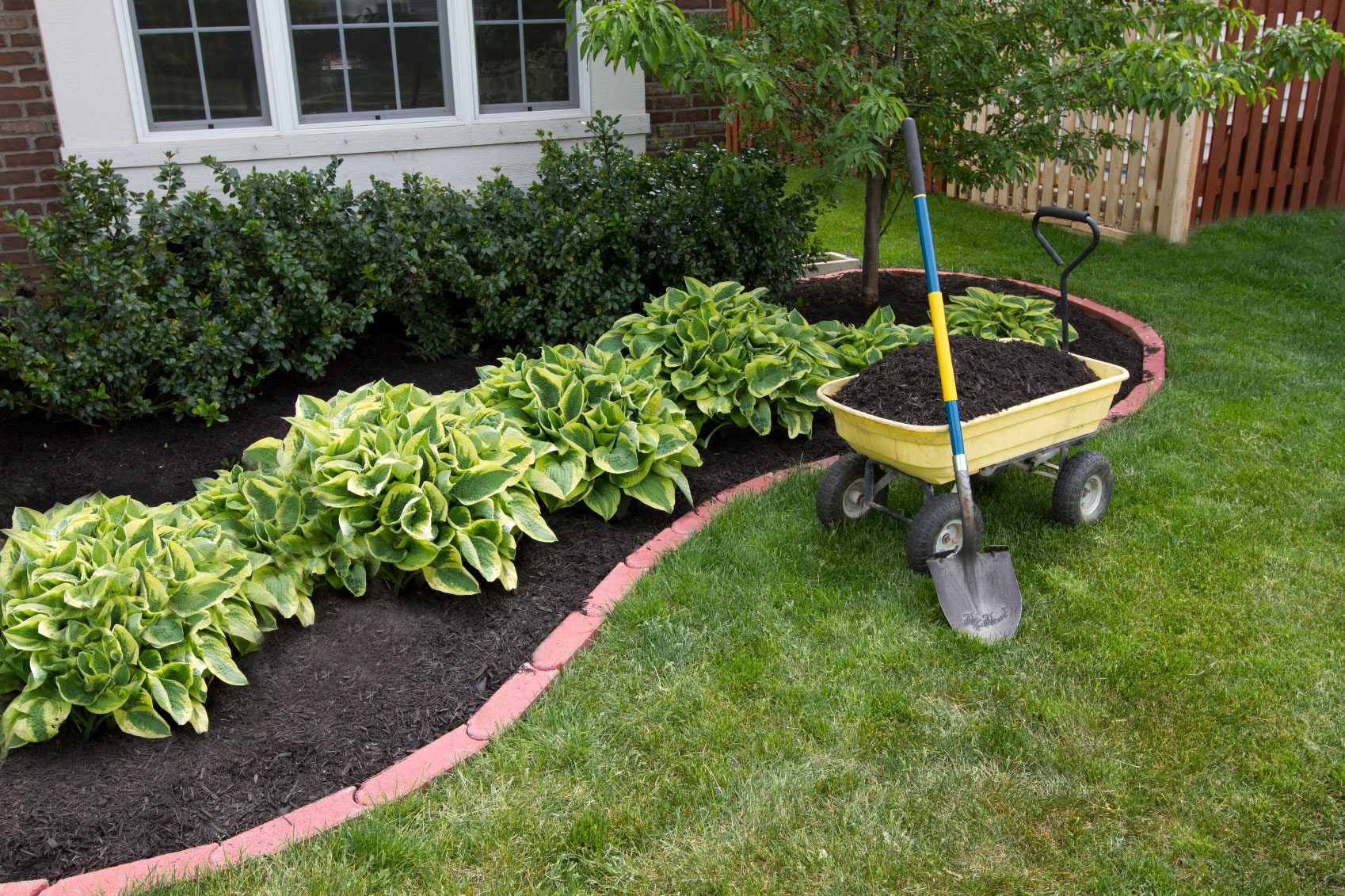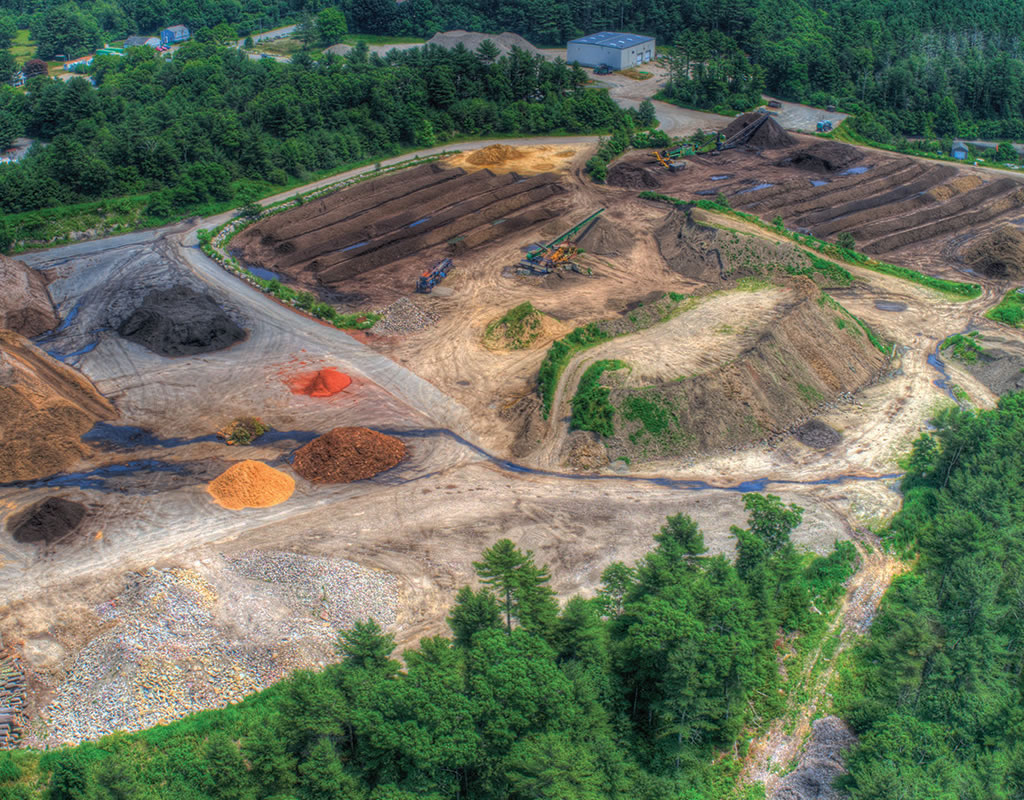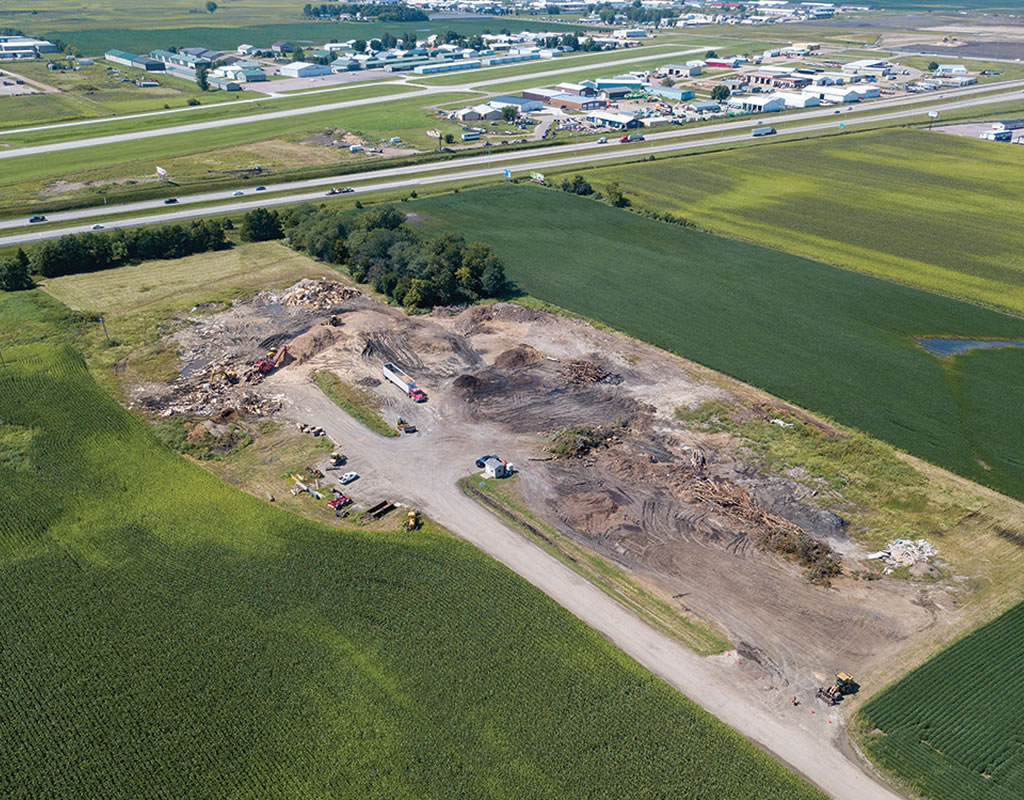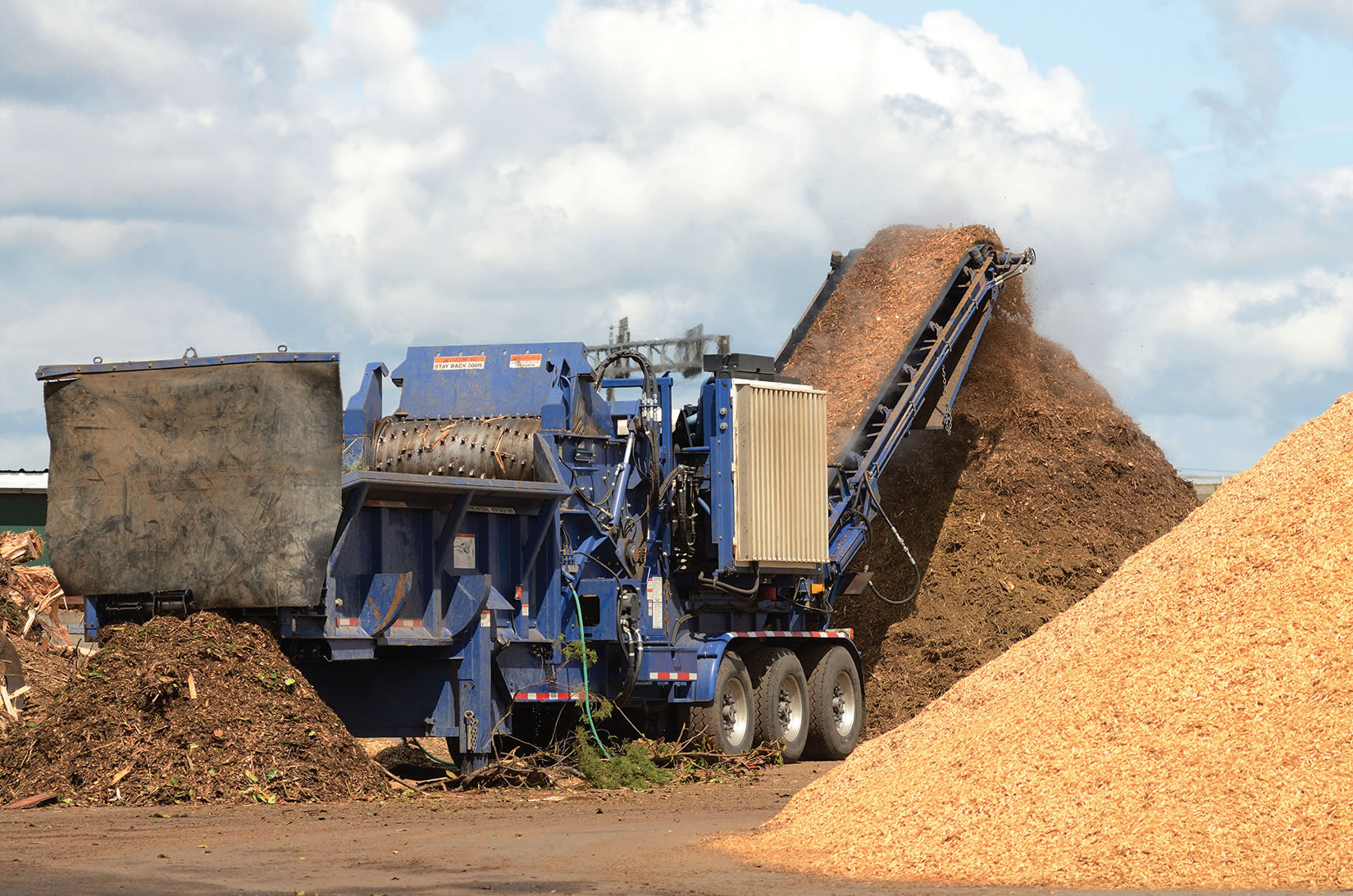Start Up Material Blower Company Taps into Growing Denver Landscaping Market
By Todd Williams
A burgeoning Colorado economy coupled with an extremely tight labor market are critical factors in the rapid growth of a young start-up material spreading business, Bedder Spreaders.
Formerly the business development director for a large Denver commercial landscaping company, Nick Holladay is one of the founding principals and the director of business development for the new material blowing company.
With a three percent unemployment rate in Colorado, Holladay cites a critical shortage of skilled labor in the Denver market as one of the reasons for his company’s early and rapid growth.
“With our two blower trucks and seven employees we can get great production out of small crews. These trucks can take the place of 10 workers. This has been paramount to our fast paced success,” he notes.
Hollady says, “The average landscaper can place about one cubic yard of mulch down in one hour. A crew of four people can do about 30 cubic yards a day. Compare this to a blower truck with one person that can put down about 180 to 200 cubic yards of mulch a day.”
Hollady notes that his trucks are the Express Blower HD70, a tractor-trailer rig with a capacity of up to 85 cubic yards of material per load, delivered at a rate of up to 80 cubic yards an hour. The other is the Express Blower MD40, a single unit truck having a 55 cubic yard capacity, blowing material up to 70 cubic yards per hour.
Holladay explains that his firm is educating the Denver landscaping market to the fact that blower trucks have the ability to move and install materials at incredible volumes, allowing their clients to utilize employees to focus on more monetarily productive projects and leave the installation of mulch, soils and rock to Bedder Spreaders.
Due to the increasing number of construction sites in Denver and the growing density of these sites, having one blower truck pull into small areas and deliver the material directly to the beds prevents the need for skid steers and wheelbarrows. This technology not only cuts down on labor costs, but also keeps the property cleaner and delivers only what material is needed for the beds; negating the need to remobilize unused materials, Holladay adds.
Not content to only sell blower truck services to the Denver commercial and residential landscaping market, Bedder Spreaders is reaching out to tap other lucrative markets state-wide including golf courses, mine reclamation, oil and gas site reclamation, school districts, municipal road contractors, wind farm developers and green roof contractors.
According to Holladay, the services offered to this diverse group of clients include blower application of any type of 4-inch minus mulch; from wood to rubber and natural mulch, to all types of dyed mulch. Other materials applied by blower truck include compost and soil, as well as utilizing seed injectors to provide terraseed compost and topsoil blankets.
He adds that the blown seeding material has a typical nine-week germination rate of 98 percent; comparing favorably to hydro-seed applications, which produce a 12-20 percent germination rate.
For sand and gravel, his blower trucks can install 15-20 tons of material in one hour with one operator. Rocks up to three quarters of an inch can be spread at rates of 8-12 tons per hour.
Increasingly, Denver is seeing an upward trend in the construction of green roofs, and Holladay explains that blower trucks are the only viable option for these installations.
“Without using blower trucks, the only way to get the material to the roof is by using lift trucks or cranes with buckets, and the only way to spread it is with a crew using wheelbarrows,” he says.
But by using a blower truck, the material can be pushed to the roof through a plastic standpipe rising up to 30 stories and then spread by hose horizontally up to 250 feet from that pipe.
Holladay is also very enthused about a product that’s perfectly suited for dispersal by blower trucks – virgin wood straw for erosion control. This material is starting to replace traditional erosion control blankets, nationwide, for several reasons.
According to Holladay, especially in large land reclamation projects, it is very cost effective to have a blower truck put down a compost-seed mix and then a topcoat of wood straw. First this method assures a high germination rate and second, the material is spread quickly, cutting labor costs associated with laying down straw blankets.
“Typically using blankets,” he explains, “ a four-person crew will dig a lateral trench on steep, sloping areas. Then they will stake down straw waddles using wood stakes. Finally, they will lay down mats and stake them in place. This is a lot of hand labor compared with utilizing a blower truck.”
He points out that as the slopes get steeper, the more difficult it is to install erosion control blankets. Until blower trucks began working on these steep erosion control projects, Holladay recalls that wood straw, in part because it is so light in weight, was being dropped by helicopter on some slopes where hand application of the straw or the use of erosion control blankets was nearly impossible.
“All we do is find a level spot, park our blower truck, lay out up to 400 feet of hose and start blowing the material on the hillside. We can spread 700 yards of wood straw per day because of its light weight,” he adds.
Citing a major mountain road widening project as an example of the type of large project his men and equipment are capable of handling, Holliday explained how Bedder Spreaders seeded and composted an 11-mile long winding mountain road that had been damaged by flooding.
Working for a contractor, the company utilized two trucks during the two and a half-week project to reclaim the road’s berms and disturbed areas along the roadway after widening, as well as reclaiming the large areas damaged by the staging of heavy road-making equipment.
“We used a mix of about 2,000 cubic yards of compost and about 500 pounds of low grow native seed. We staged all our material along the road and kept our trucks filled on site using a high lift,” he adds.
Another project Holliday says exemplifies the large jobs that blower trucks can handle, with speed and efficiency, was the spreading of approximately 2,400 cubic yards of colored mulch in a high end, master-planned community, located in the metropolitan Denver area. The job required a single truck and just two workers to complete in10 days. Because the mulch decomposes in the soil, Holladay says his blower truck will return to the site on a regular basis to keep the native type landscaping up to snuff.
“Jobs like this show the versatility and cost effectiveness of blower trucks,” he adds.
And Holladay is very optimist about his company’s future, noting that he believes his strong sales and efficient operations team will ultimately make this a successful venture. To wit, he’s now planning to expand both his geographical market and his truck fleet.
“We are looking at other areas in the state and in neighboring states for growth, and I plan to have five or six trucks by the end of 2017. We are optimistic and the future looks great,” he says.
Related News
Subscribe Today
Every other month, Soil & Mulch Producer
News brings you important stories about:
• New Technology
• Products
• Industry News
• Research Studies
Soil & Mulch Producer News features articles and services relevant to your daily operations.











